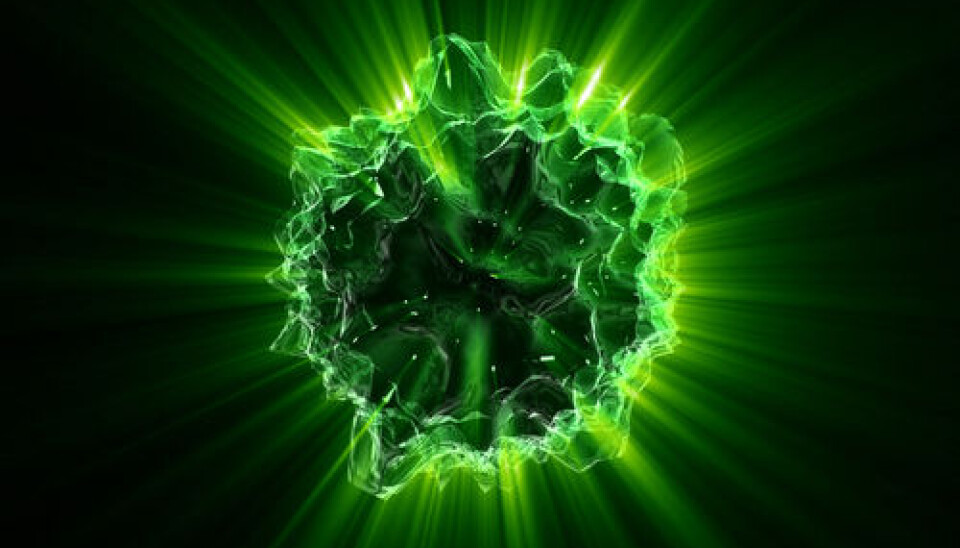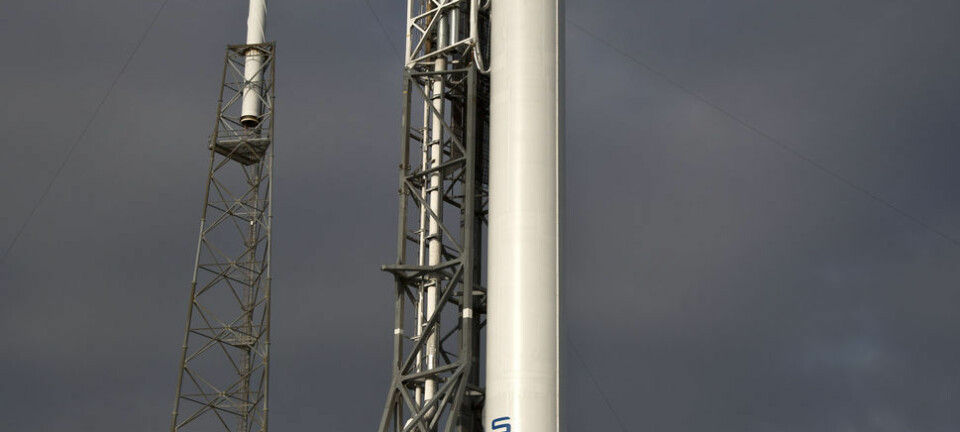
Could laser light and nanoparticles replace chemotherapy?
Scientists are investigating the possibility of eliminating malignant tumours using lasers. The collaborative efforts between physicists and doctors is already producing promising results.
Physicists from the University of Copenhagen and doctors from Copenhagen University Hospital, Rigshospitalet, have joined forces to test whether malignant tumours can be removed by using nanoparticles and laser light instead of unpleasant chemotherapy treatment.
Promising pilot study
The basic idea is pretty simple. If you can plant nanoparticles within the tumour itself, the light from a laser can heat the particles' metallic surface up from the outside.
As a result, the nanoparticles burn the tumour away locally without the use of medicine that impacts the entire body.
But while the idea is simple, operationalising it is more complicated.
There are different kinds of nanoparticles and they react differently to laser light, depending on whether, for example, they are coated in gold or some other metal.
"The first pilot project on mice looks really good," says Lene B. Oddershede, professor of experimental physics at the Niels Bohr Institute and the lead researcher of the study.
Tests on humans are possibly in three years
The aim of the newly started project is to conduct so many preparatory studies that over the next three years they can begin experimenting on humans.
The hope is that the method can open up for fighting cancer without the use of medicine and can facilitate access to tumours which are difficult to get to by surgical means, for instance those in the brain or internal organs.
Two ways to attack a tumour
The scientists will either inject nanoparticles straight into the tumour or exploit the fact that rapidly growing malignant tumours develop a network of blood vessels that keep them nourished.
If the nanoparticles are injected into the bloodstream they will be transported to the nourishment routes in the tumour and get stuck in the cancerous tissue. Since nanoparticles only burn an area limited in size to their own diameter -- and only when illuminated by laser light -- the risk of damage to other cells in the body should be "very slight".
Not all nanoparticles are dangerous
Peter Møller, Professor at the Section of Occupational and Environmental Health at University of Copenhagen has been conducting research into the damaging effects of nanoparticles. He emphasises that there are many different types of nano particles and not all of them are harmful.
Møller is not involved in the project but has previously worked alongside Professor Oddershede.
Scientists must avoid adverse effects
Oddershede explains that the study has shown that metallic nanoparticles of 5 nm or smaller can be very harmful. On the other hand, nanoparticles between 80-150 nm in size -- the kind used in the cancer project -- do not appear to be toxic.
This applies even though all the nano particles which do not find their way to the malignant tumour's network will probably end up in the liver and spleen.
"Only small doses will be used, and the studies published to date do not show any toxic effects from this size of nano particle. It is, of course, part of the plan to identify potentially undesirable adverse effects," says Oddershede.
According to her, the first scientific papers on treatment using nanoparticles and laser light are already in the process of being written.
-----------------------
Read the original story in Danish on Videnskab.dk
Translated by: Hugh Matthews









